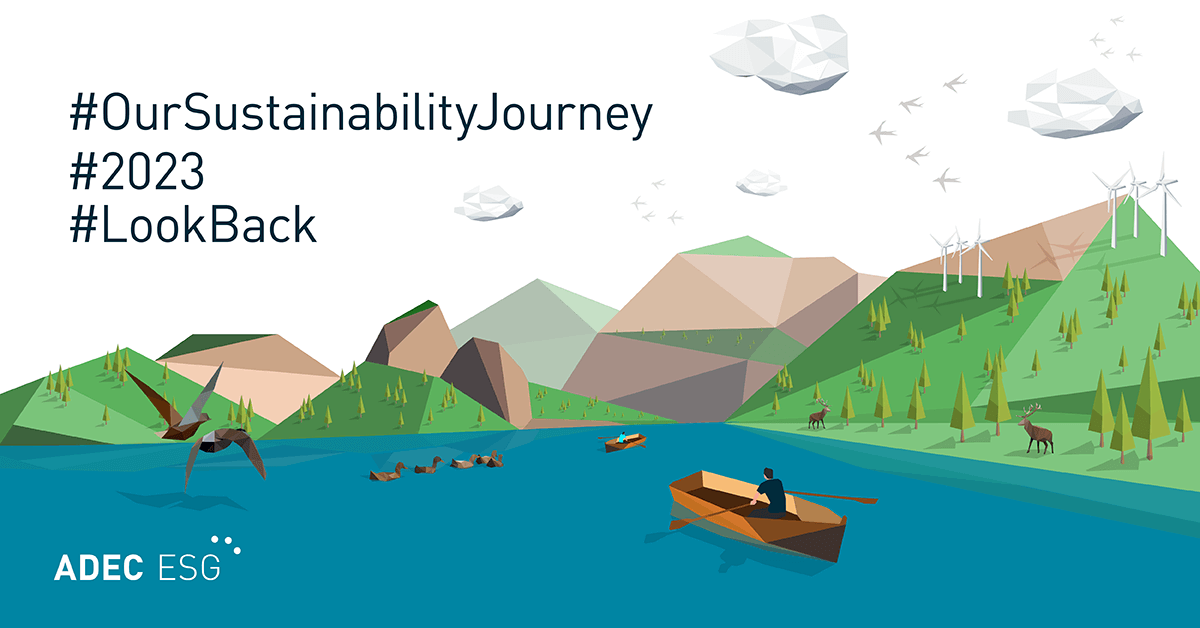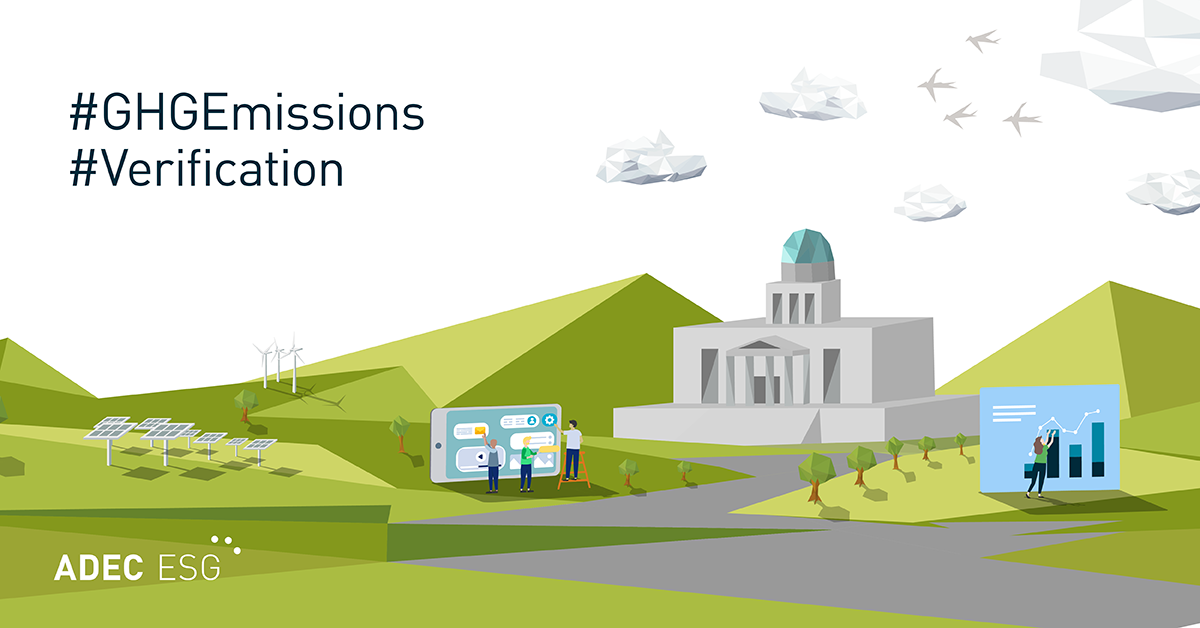“The thing is, continuity of strategic direction and continuous improvement in how you do things are absolutely consistent with each other. In fact, they’re mutually reinforcing,” said business strategy expert Michael Porter. Companies who experience endured success have clear core competencies and fixed goals paired with finely-tuned business practices. Nevertheless, enterprises will always be forced to evolve due to numerous factors. One of the greatest challenges that businesses face today is not brought on by a financial meltdown, high taxation or lack of public interest, but by climate change. Several studies have connected this phenomenon to carbon emissions; the question that begs to be asked: can businesses set up a low carbon vision and rise to the challenge?
A report shows that businesses may not be prepared enough for climate change —in businesses ranging from supermarkets concerned with consumer staples to energy companies and banks. Since supply chains have gone global, all it takes is a typhoon or a drought to affect operations and a business may falter beyond reparation. Entire industries should consider precautionary steps with the hopes of minimizing their carbon emission levels. Recently, the second Environmental Leader Product & Project Awards, a ceremony honoring products and services that provide companies with environmental and energy benefits, was held. Some of the projects are admirable efforts by firms to have more sustainable operations:
- To protect local waterways, one beer maker raised hundreds of thousands of dollars. This not only protects the water they use for their beverages, but it also keeps the community’s water system sustainable.
- A hotel chain was able to decrease its electricity-usage by almost 7 million kilowatt-hours and several hundreds of thousands in electricity bills by installing Energy Star certified TVs in all US properties.
- By replacing standard HPS streetlights with high performance LED lights, a city was able to minimize their energy costs while improving light quality, durability and longevity.
- Even spectator sports can reap benefits from going green. One professional sports team saved $125,000 in electricity bills, even as light quality was improved, by installing LED fixtures in its stadium.
If firms decide to put sustainability at the forefront of their practices, then their operations will be leaner, cost-efficient and more environmentally-friendly. More importantly, efforts to go green will minimize carbon emissions with the hope of curbing climate change. This will not only benefit enterprises, but provide a much needed boost for the environment and for communities around the world. All of these can result from having a low-carbon vision.
While the sustainability-driven practices mentioned above seem ambitious and hard to achieve, companies can replicate these initiatives by sticking to their carbon targets. The success of these projects will depend on how companies implement their carbon guidance in a dynamic business environment. Contact us to learn more about how ADEC ESG can support your company as you work to achieve your sustainability goals.




